Archives
- 2025-11
- 2025-10
- 2025-09
- 2025-03
- 2025-02
- 2025-01
- 2024-12
- 2024-11
- 2024-10
- 2024-09
- 2024-08
- 2024-07
- 2024-06
- 2024-05
- 2024-04
- 2024-03
- 2024-02
- 2024-01
- 2023-12
- 2023-11
- 2023-10
- 2023-09
- 2023-08
- 2023-06
- 2023-05
- 2023-04
- 2023-03
- 2023-02
- 2023-01
- 2022-12
- 2022-11
- 2022-10
- 2022-09
- 2022-08
- 2022-07
- 2022-06
- 2022-05
- 2022-04
- 2022-03
- 2022-02
- 2022-01
- 2021-12
- 2021-11
- 2021-10
- 2021-09
- 2021-08
- 2021-07
- 2021-06
- 2021-05
- 2021-04
- 2021-03
- 2021-02
- 2021-01
- 2020-12
- 2020-11
- 2020-10
- 2020-09
- 2020-08
- 2020-07
- 2020-06
- 2020-05
- 2020-04
- 2020-03
- 2020-02
- 2020-01
- 2019-12
- 2019-11
- 2019-10
- 2019-09
- 2019-08
- 2018-07
-
br Materials and methods br Statistical analysis All
2019-12-05
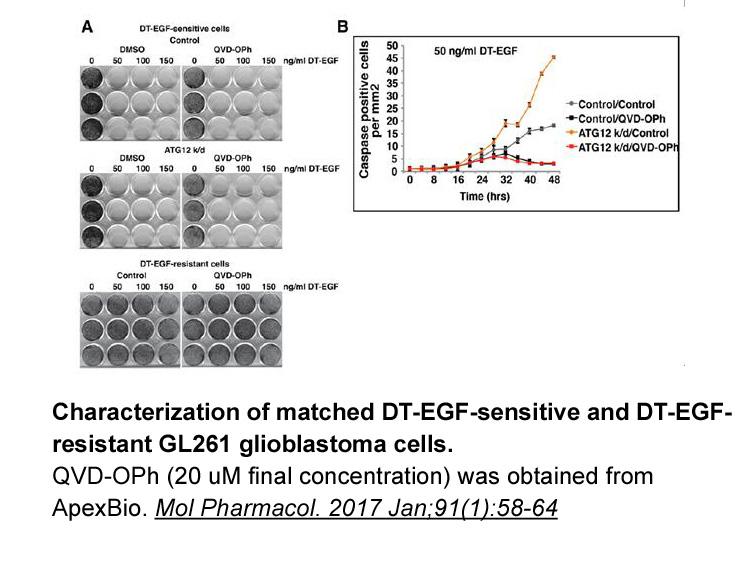
Materials and methods Statistical analysis All statistical analyses were performed using SPSS software version 20. Protein Ozagrel HCl data of DNMTs and clinicopathological parameters were collected. Mann-Whitney U Test was used to assess the differential expression of nonparametric data of DN
-
In conclusion we have recombinantly expressed and purified t
2019-12-05
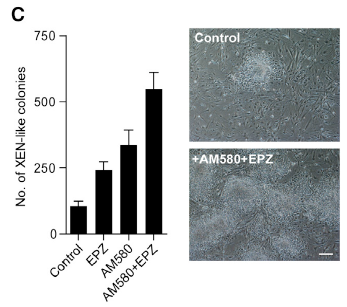
In conclusion, we have recombinantly expressed and purified the product of the YP_002262821.1 gene from A. salmonicida and confirmed that it possesses ATP-dependent DNA ligase activity. Comparison of the full-length and truncated versions of the protein indicate that the N-terminal 25 Abiraterone au
-
Moreover as shown in Fig f while
2019-12-05

Moreover, as shown in Fig. 5f, while the knockdown of SMURF2 in wild-type gstp1-1 has no significant effect on HSP27, in CK2α/α′(−/−) cells it leads to an increase of HSP27 level. These results suggest that SMURF2 affects HSP27 protein stability only when overexpressed, at least in our cell model.
-
The effect of transformation of the
2019-12-05
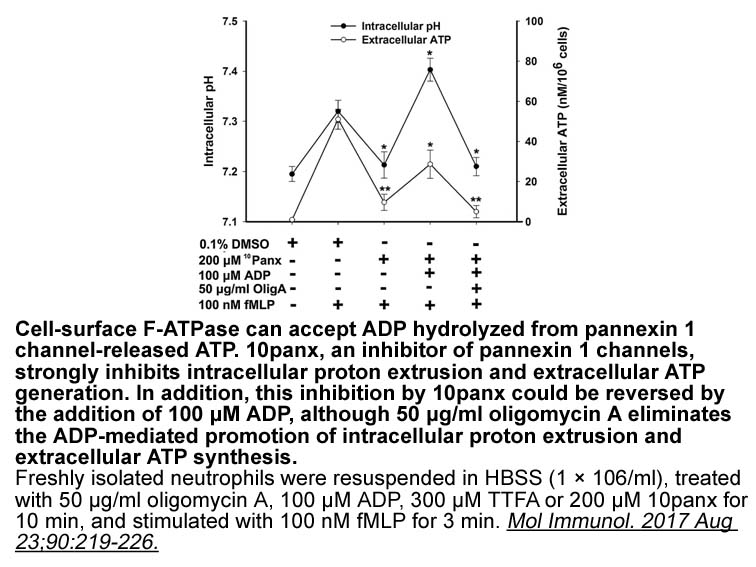
The effect of transformation of the linker Y between the carboxylic Ipratropium Bromide receptor residue and the phenyl moiety of 2b was also investigated, and is illustrated in Table 5. Analogs 2b, 16, and 17, possessing conformationally restricted carboxylic acid residues, tended to show stronger
-
br Experimental section br Acknowledgments MIN cells were
2019-12-05
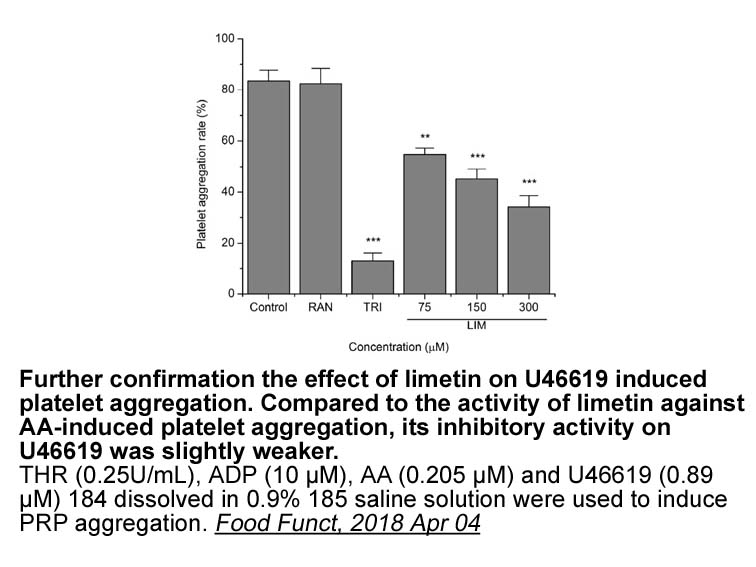
Experimental section Acknowledgments MIN6 cells were kindly provided by Dr. Junichi Miyazaki, Osaka University. This research was supported in part by the Ministry of Education, Culture, Sports, Science and Technology of Japan (JP16H05099 and JP18H04609 to K.H., and JP16H06574 to T.U.), SENTAN
-
br STAR Methods br Microenvironmental niches for na ve
2019-12-05
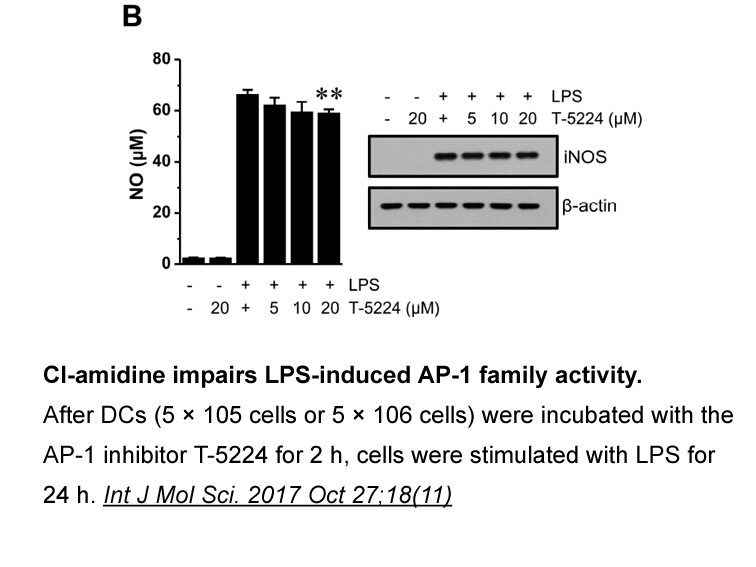
STAR★Methods Microenvironmental niches for naïve and activated B cells Secondary lymphoid organs, such as the spleen and lymph nodes, are structurally and functionally compartmentalized to provide a set of microenvironmental niches that support the survival of resting B cells, as well as the a
-
While apparent that His Artemis fractionated over a HAP
2019-12-05
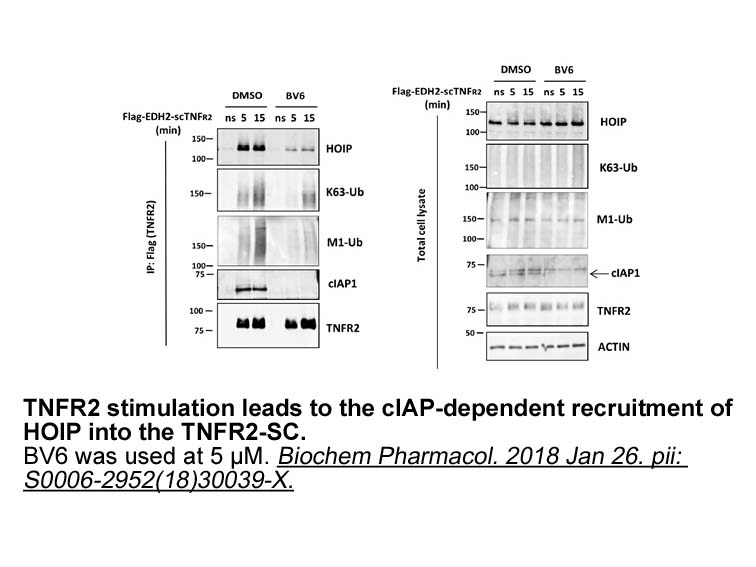
While apparent that [His]6-Artemis fractionated over a HAP column is devoid of 5′–3′ exonuclease activity but still retains DNA-PK dependent hairpin-opening activity, we sought to further assess DNA-PK dependent Artemis overhang cleavage activity to ensure all the in vivo, intrinsic enzymatic activi
-
br Conclusion br Experimental NMR spectra were recorded
2019-12-04
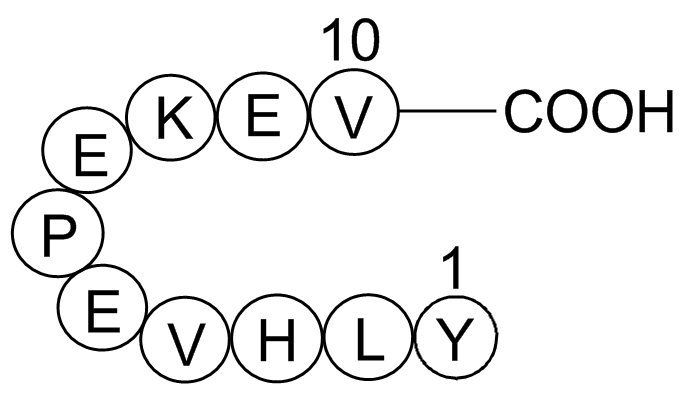
Conclusion Experimental NMR spectra were recorded on a Jeol spectrometer at either 270 or 400 MHz for 1H spectra and either 68 or 100 MHz for 13C spectra. All chemical shifts are quoted in ppm relative to tetramethylsilane. In the assignment of signals the abbreviation DHN is used for 2,3-dihy
-
High concentrations of kC may
2019-12-04
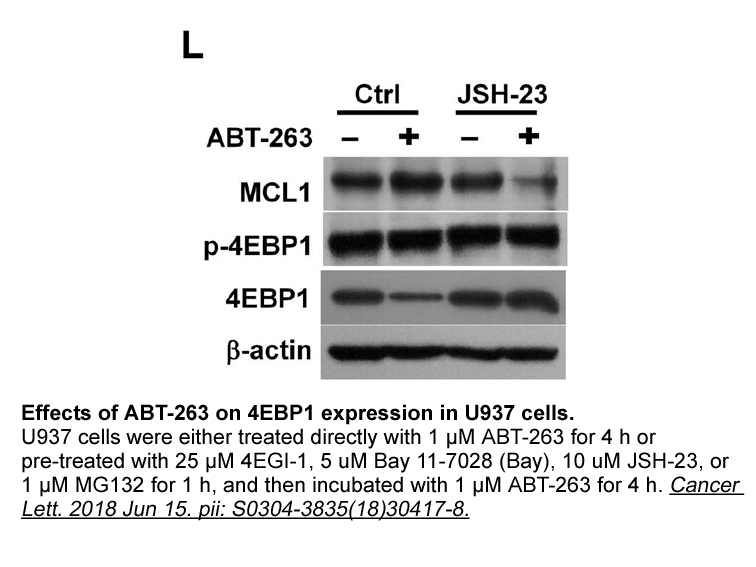
High concentrations of 7kC may also arise from dietary intake of processed cholesterol-rich food, likely favoring or worsening inflammatory bowel disease (IBD) [5,13]. Furthermore, IBD has been associated with a dysregulation of colonic 11β-HSD expression, exhibiting increased 11β-HSD1 and decreased
-
br Author Contributions Statement br Conflicts
2019-12-04

Author Contributions Statement Conflicts of interest Acknowledgments We thank T. Ishii, H. Inaba, and S. Nakamura (Department of Cell Biology, TMDU) for kindly gifting BACCS and technical assistance; S. Kaneko, Y. Ishida, and R. Usumi (Department of Orthodontic Science, TMDU) for experiment
-
The authors identified inhibitors of SUMOylation using
2019-12-04
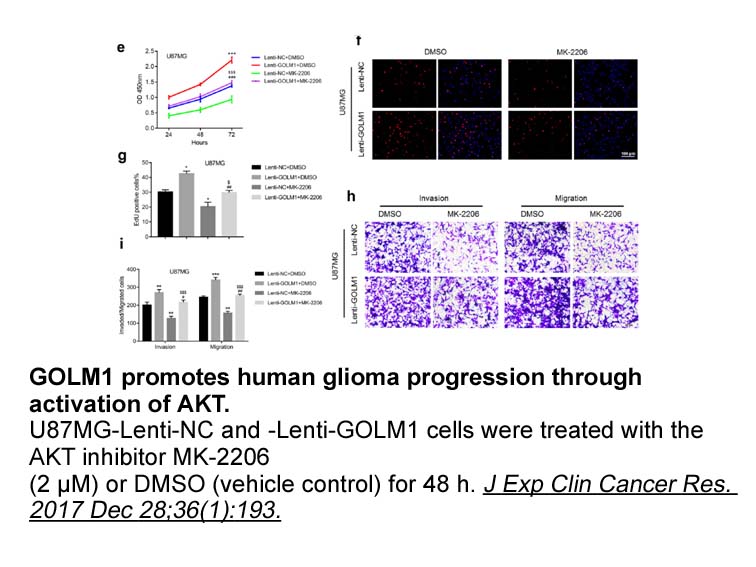
The authors identified inhibitors of SUMOylation using two assays to monitor the conjugation of SUMO1 to RanGAP1 by E1 and E2 enzymes: a fluorescence resonance energy transfer (FRET) primary screen that evaluated over 250,000 compounds and a chemiluminescence secondary screen. A counter screen was u
-
Enzymatic assay The usual in vitro test for the
2019-12-04
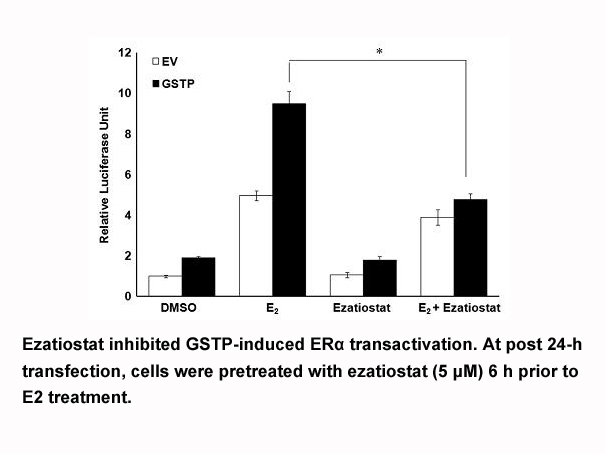
Enzymatic assay. The usual in vitro test for the measure of the activity of DbH involves ascorbate as a cosubstrate (e.g., 5mM) and tyramine as a substrate (e.g., 10mM). When using N-aryl-N′-hydroxyguanidines instead of ascorbate, the hydroxylase activity of DbH was measured by HPLC as the amounts o
-
Tobramycin sale In this contribution herein we report
2019-12-04
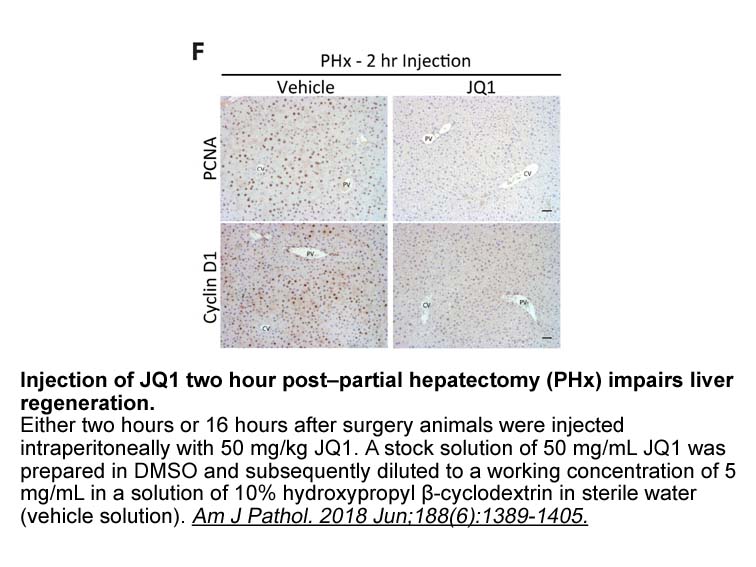
In this contribution, herein we report our newly devised molecular probes with a triazole linked benzimidazole-indole-thiazolium mixed heterocyclic framework as depicted in Scheme 1. Their architecture was designed to achieve the advancement in selectivity and specificity toward DNA matrix over RNA
-
Besides by substrate and product KSTDs may
2019-12-04
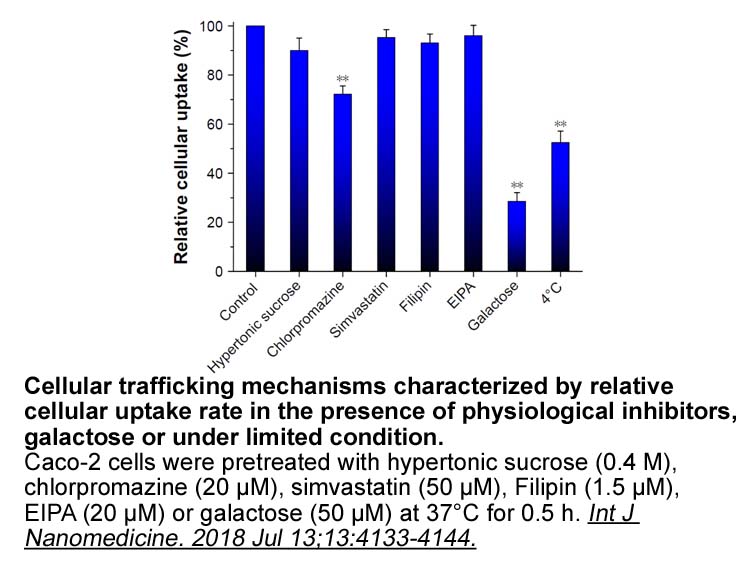
Besides by substrate and product, Δ1-KSTDs may also be inhibited by other steroids. N. simplex ATCC 6946 Δ1-KSTD was strongly inhibited non-competitively by dicortinone (60), a steroidal dimer, and by bis-1-dehydrodicortinone, with values of 0.7 and 0.75 μM, respectively. This enzyme was also inhibi
-
Western blotting Western blotting was performed following th
2019-12-04
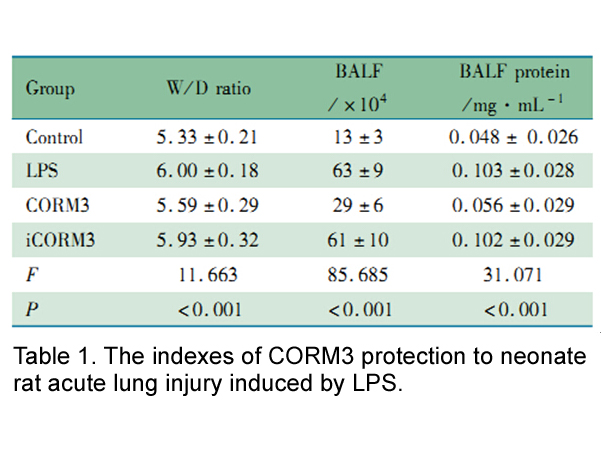
Western blotting: Western blotting was performed following the standard protocol as previously described [16]. All the images were collected using the Odyssey Fc imaging system (Li-COR Biosciences). In vitro kinase assays were performed on ∼1 μg of purified CDK5/p35 complex in 30 μL of kinase buffe
14130 records 895/942 page Previous Next First page 上5页 891892893894895 下5页 Last page